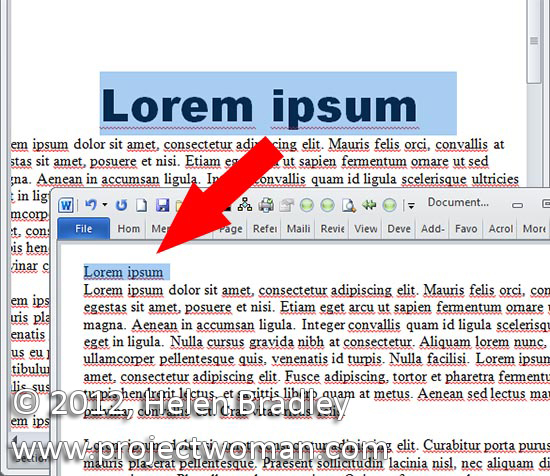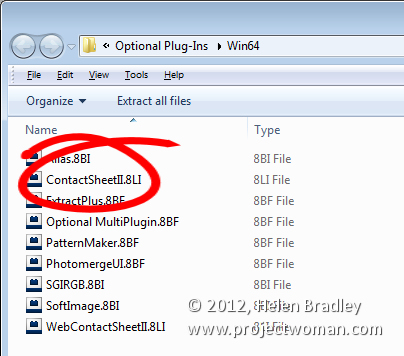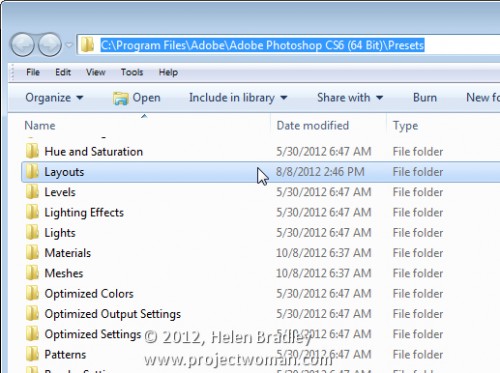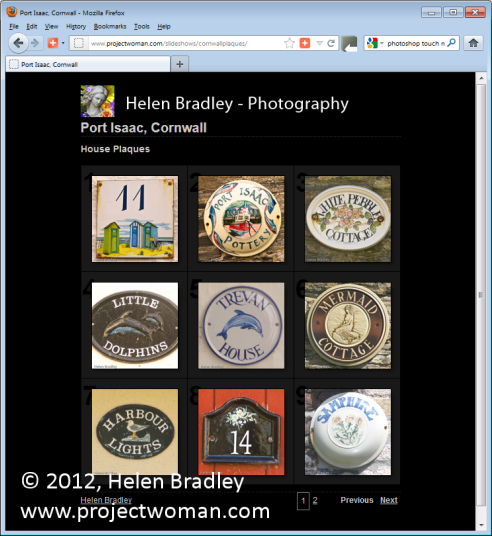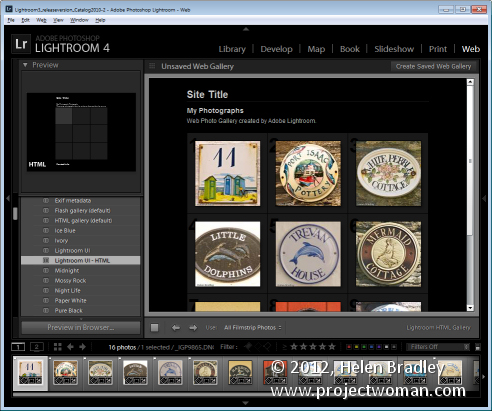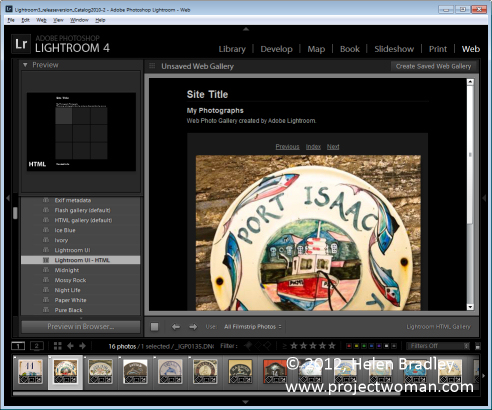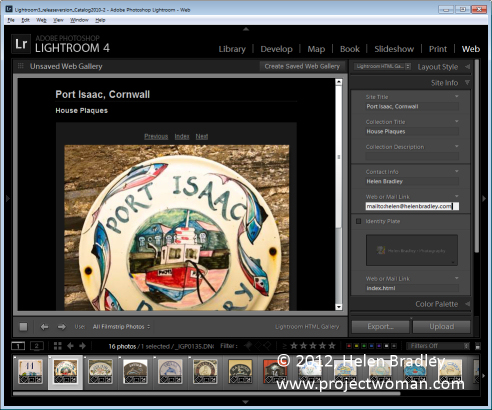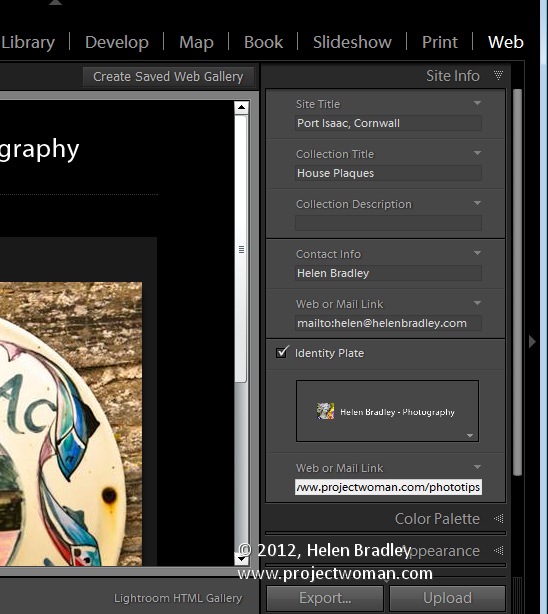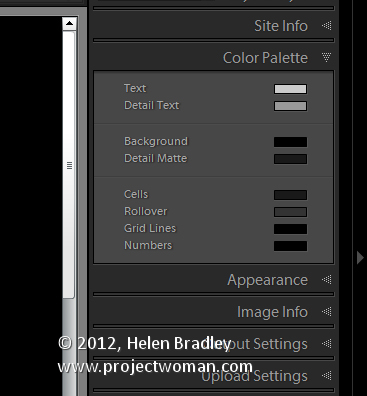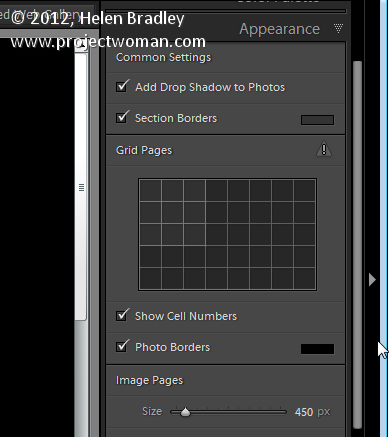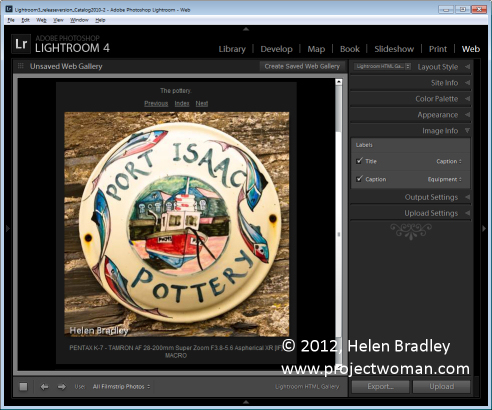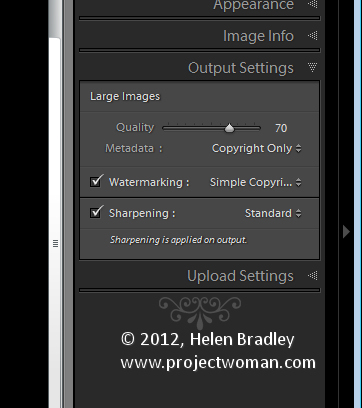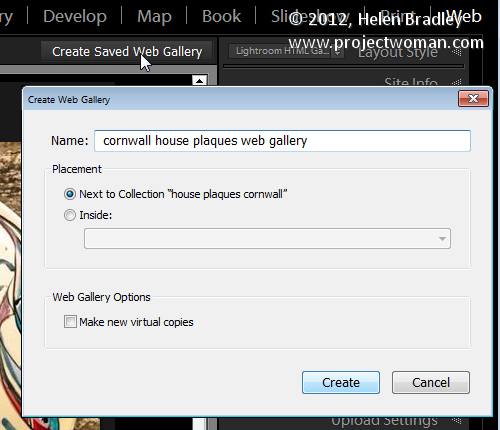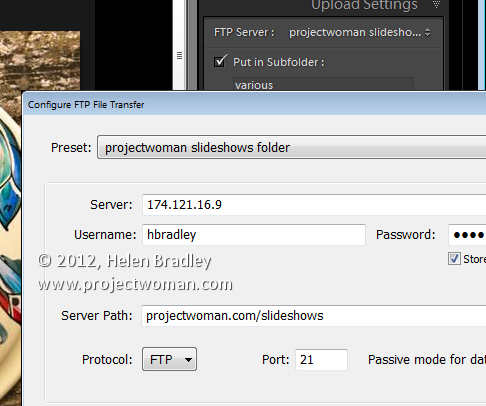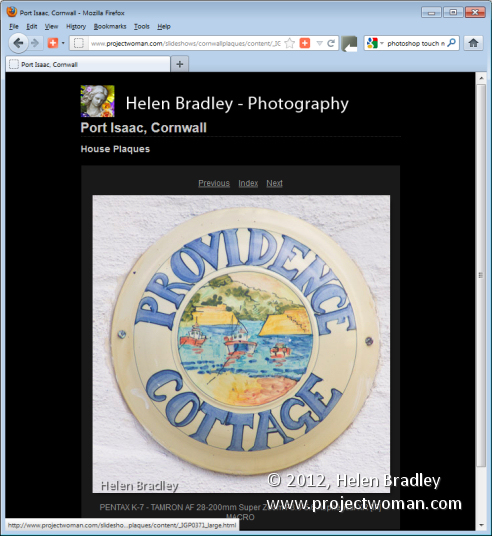Crop an image to a heart shape or any other shape in Photoshop. Uses a filled shape and a clipping mask.
Check out all our tutorials on our YouTube channel.
Complete transcript of this video:
Hello, I’m Helen Bradley. Welcome to this video tutorial. In this tutorial I’m going to show you how to crop to a heart or any other shape in Photoshop. Before we get started on this technique let’s just have a look and see what the end product is going to be. You can see here that I have an image of my cat. And what I’m going to do is to cut her face out in a heart shape. Now in Photoshop Elements this is relatively easy to do because there’s a cookie cutter tool that you can use. In Photoshop it’s not that easy. So we’re going to go through this step by step so that you know exactly how to do it. So let’s get started. I’m going to open up a duplicate of this image. And the shape that we’re using is a heart but this could be any shape at all. So it doesn’t have to be a heart and this process is going to be the same for any shape. The first thing we’re going to do is convert the background into a regular layer. And do that your favorite way. I’m just going to double click the layer and click Ok. And now I’m going to go and get my heart shape. So I’m going to click on the custom shape tool here, and I’m going to select a shape. Now I’ve already selected the heart I want to use but let’s have a look and see. There’s a couple of hearts here. There’s one in the sort of card collection, but I don’t actually like that very much. It’s a really sort of weird shape that one. I prefer this one here so I’m just going to select it, and then let’s go and add a new layer. So I’ve just added a new layer. And let’s go and select a color. Now it can be any color at all, and I’m going to make it this sort of black. It doesn’t matter what color it is. And we’re going to use pixels so this is really important this bit, the pixels bit. In earlier versions of Photoshop there’s actually three icons here and you want to select the one that is pixels. And I’m just going to draw my heart shape. And if it’s not in the exact right position I’m just got a hold the Spacebar as I draw the shape so that I can move it around. And this is actually a nicer shape so once I’ve finished drawing and I’m just going to let go. And now I have a black heart shape right over the top of my cat. It doesn’t matter what this color is because it’s about to disappear. It does matter that the order of these two layers is the wrong way around. So I’m just going to drag the bottom layer up over the top layer. So the photos are on top and the heart is underneath it. And what we’re going to do is we’re going to cut the photo to the heart shape and we do that using a clipping group or clipping mask. So with this layer selected I’m going to choose Layer, Create Clipping Mask. You see here that there is a keystroke that’s Alt Ctrl G. That’s something we could use as well. But what this does is it cuts the photo into the shape of the shape below. So if this were a star than we’d have a star shape. So essentially that’s all you need to do. If you’re already to go, go now because you know how to create a heart shape from an image. If you want to finish it off nicely than hang around and we’re going to finish it off. The way we’re going to finish it off is by adding yet another new layer, and we’re to drag it to the very bottom. And what we’re going to do here is to fill this with a nice color. So I’m going to choose a color of pink because this is a sort of Valentine theme. My foreground color is pink. I have the bottom layer selected. I’m going to Alt Backspace on the PC, Option Delete on the Mac, to fill it with pink. Now we have our heart shape image over pink we can crop it. So I’m just going to crop it to size. And we’ll come in a bit on the edge here too. And now we want that nice finishing touch that we had on the original image. Let’s go and see the original image. You can see that this one’s got dimension and ours is very flat. If you want that dimensional look what we’re going to do is we’re going to add a drop shadow. And we’re going to do it to this heart layer because we want to the drop shadow to follow the heart shape. Here is the layer effects tool, the layer style tool. I’m going to click here and choose Drop Shadow Now my drop shadow at the moment is black. I would prefer a color that is similar to this pink but perhaps a bit darker than it. So let’s just go and get a darker version of our pink. We’re on multiply blend mode which is a good blend mode. I don’t like the angle of light. I prefer my light to be cast in this direction. And you can see that I can now drag my drop shadow around to place it where I want it to be. It’s a bit harsh so I’m going to soften it. Now this is where Photoshop is a little confusing. I think they’ve labeled these really wrongly because size actually adjusts the feathering and spread really adjusts the size. So we don’t want it to have a very big size or spread, but we do want it to have a nice feathering so I’m going to adjust the size to suit there. And on the other one I added an inner glow so I want to grab inner glow here. I again changed the color, this time sampling the pink from the image and going for a lighter pink for my inner glow. And then we’ve got it screen blend mode so that’s going to work nicely. But we do need to increase the size here and probably increase the choke a bit. And we just wanted to blend that around the edge and click Ok. So this is an effect that you can create with any shape in Photoshop. You can put any shape in here. You can put your photo on top. You’re going to add a clipping mask or create a clipping mask with Layer. And this will say Create Clipping Mask. At the moment it says Release because that’s what we would be doing at this point because we already have clipping mask created and we’re just dropping a filled layer below it. I’m Helen Bradley. Thank you for joining me for this Photoshop video. If you liked this video please would you give it a thumbs up so that others know that it’s a good video. Look out for more videos on my YouTube channel and look at projectwoman.com for more tutorials about Photoshop.


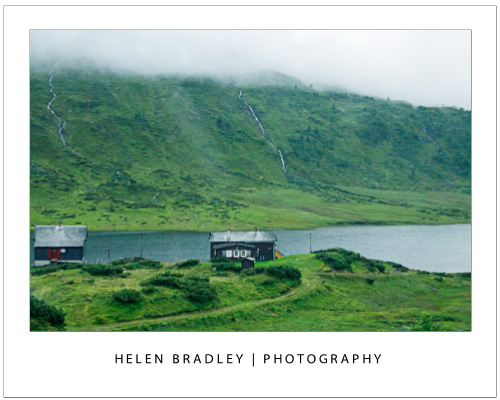
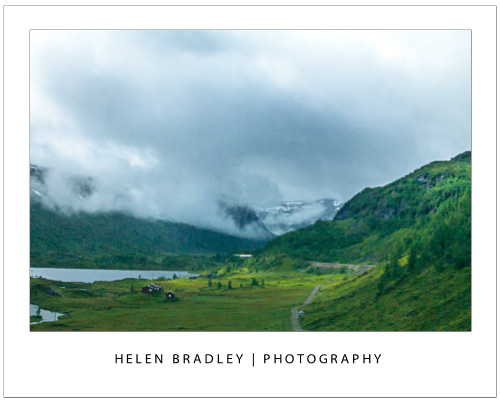
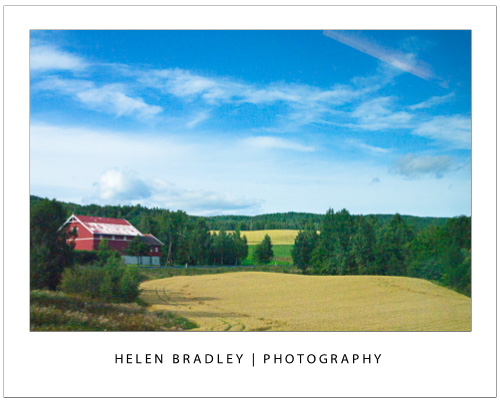
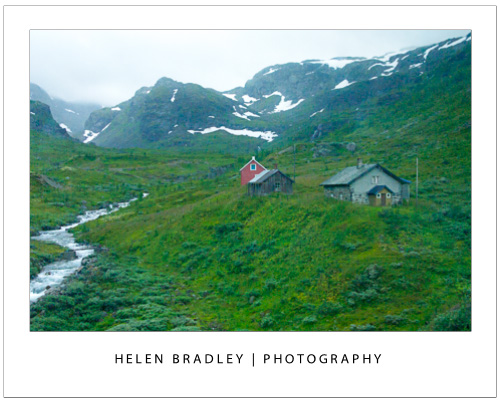
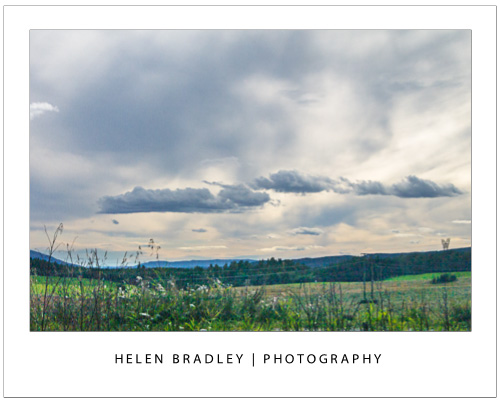
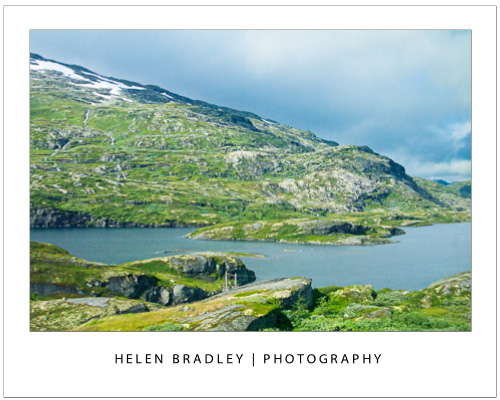
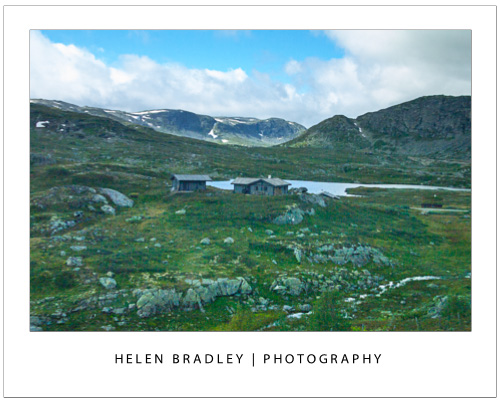
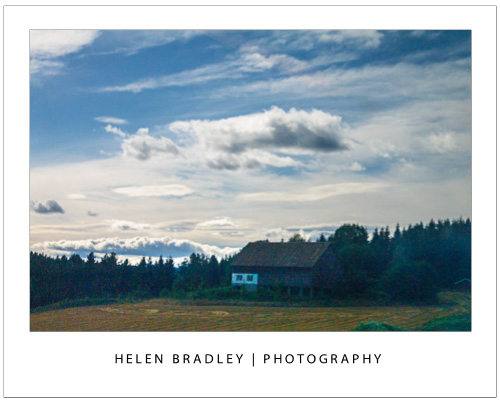
 Photo by: Harpreet Padam
Photo by: Harpreet Padam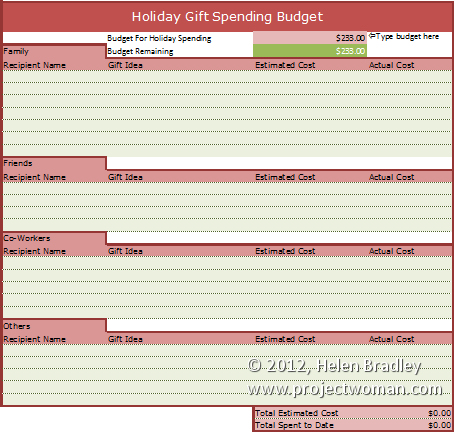
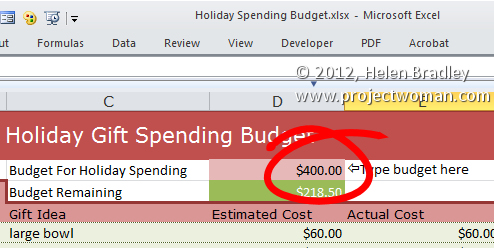
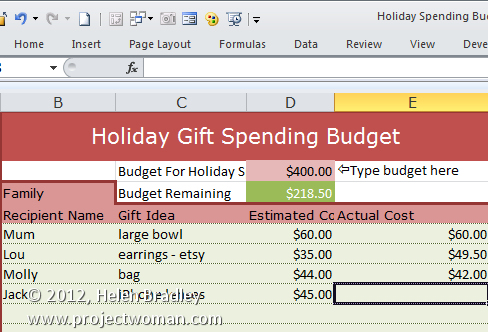
 (Image by: Helen Bradley)
(Image by: Helen Bradley)